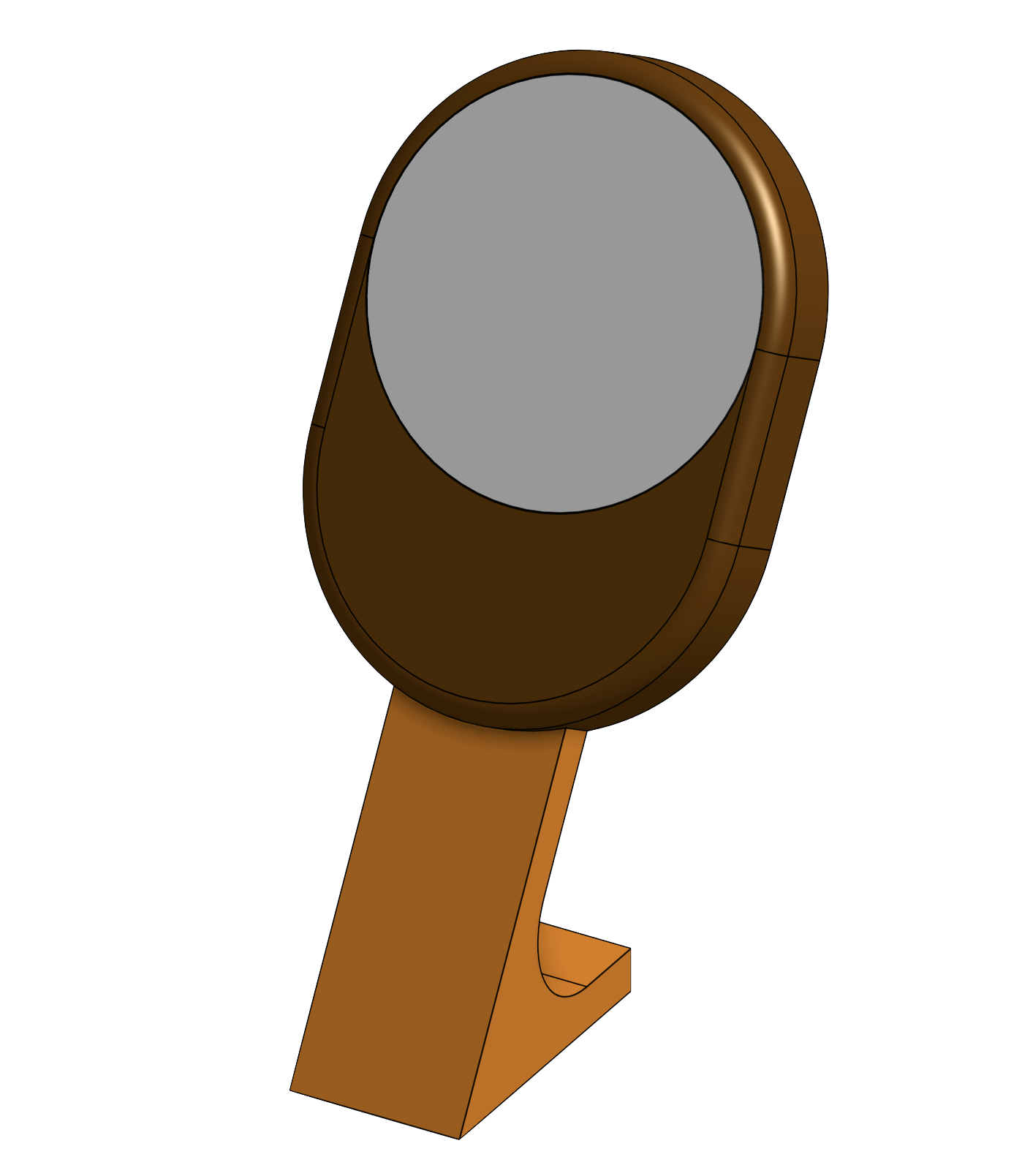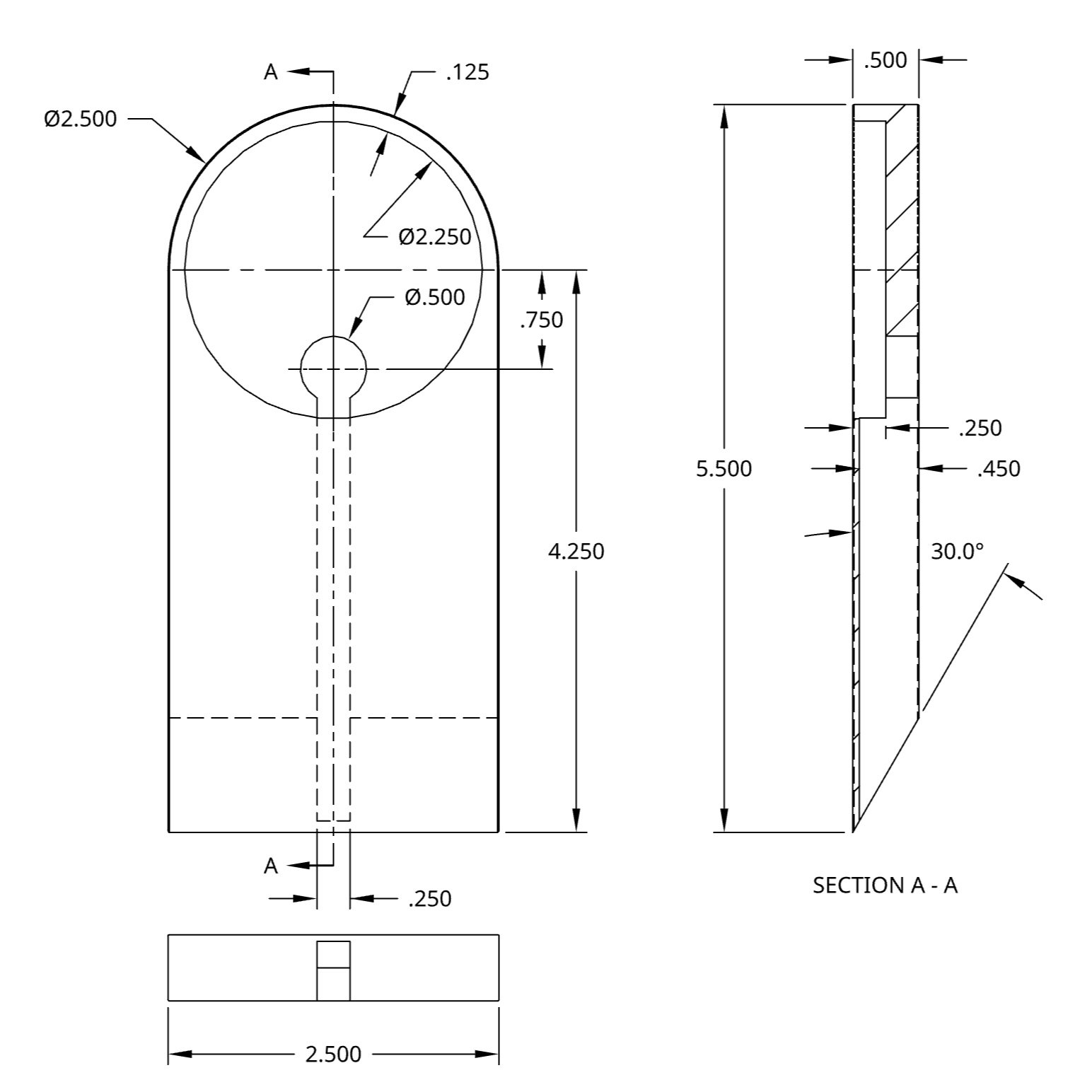Wireless charger
This wireless mobile charging stand accommodates an Apple MagSafe charger, which attaches magnetically to the wooden base. The wire is discreetly routed behind and underneath the stand, keeping it out of sight.


Miter splines reinforce the main joint
Design Overview
This MagSafe charging stand was created with a focus on simplicity. The project aimed to seamlessly integrate technology into everyday life while maintaining a sleek and elegant aesthetic.
Key Design Decisions
Simplicity and Focus: The stand's minimalist design ensures that the device remains the focal point. This approach aligns with a key principle of human-centered design - emphasis on intuitive and unobtrusive design, enhancing user interaction without distraction.
Balance and Versatility: The stand is engineered to balance and charge both heavy phones and light AirPods cases effectively. This design consideration ensures stability and versatility, catering to various user needs.
Orientation Flexibility: The stand accommodates an iPhone in both portrait and landscape modes, providing flexibility for different use cases.
Optimal Viewing Angle: The phone is displayed at a 30° angle for optimal viewing while charging. This ergonomic design choice ensures a comfortable and user-friendly experience, enhancing usability during charging.
Construction Techniques
The main joint is reinforced with discreet miter splines to prevent loosening due to use or wood movement, ensuring long-term durability and stability. Miter splining is a traditional woodworking technique, usually found in high end jewelry boxes and picture frames. It adapts elegantly to this modern application.
Personalization and Aesthetics
The final prototype includes space for customized text, allowing for personal touches and unique user experiences. In this project, I laser-engraved text and filled the cavity with black epoxy, adding a refined and personalized element to the stand.
Prototyping and Iteration
The images below showcase earlier designs that were prototyped and tested but eventually refined or abandoned. Each iteration informed the final design.

Early prototype - poor stability and distracting design

Early prototype - poor wire routing

Final design - 2D drawing